Tendon Injuries
In Singapore
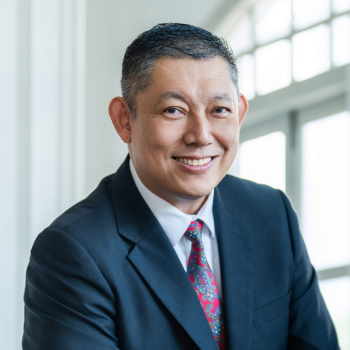
Dr Chiam Tut Fu

MBBS (Singapore)
MSS (Sports Medicine) (USA)
MMed (OM) (Singapore)
GDOM (Singapore)
DWD (Singapore)
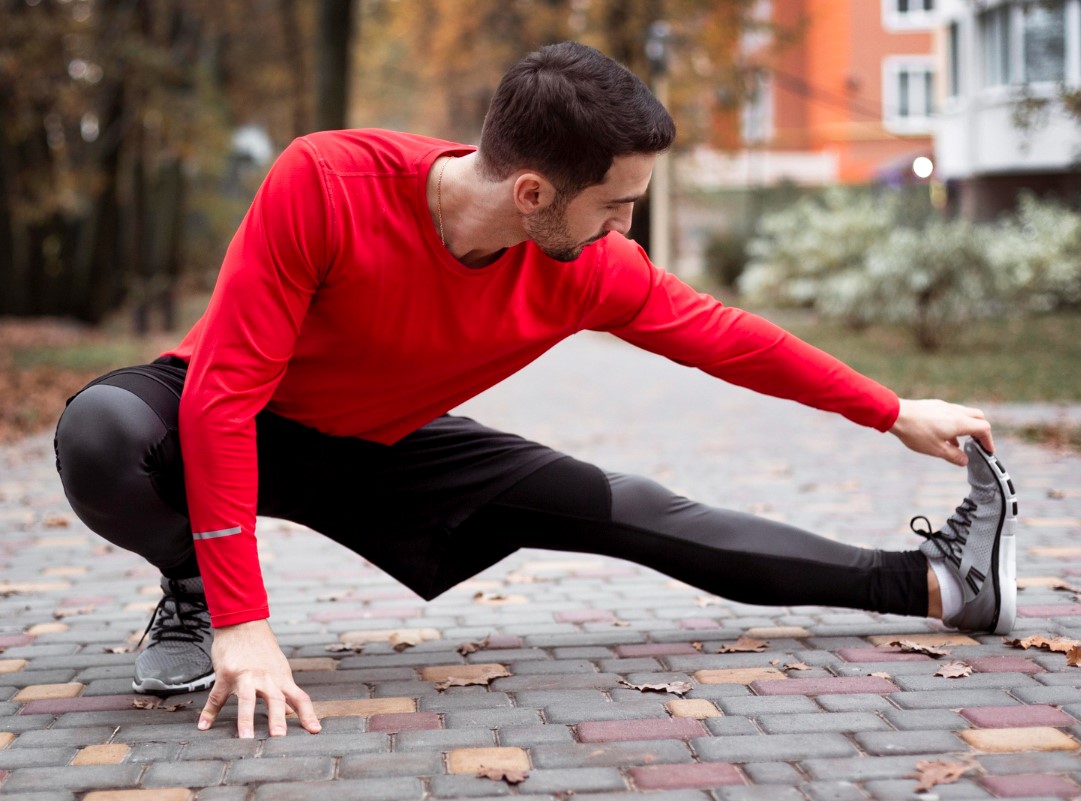
Brief Overview
Tendon injuries, also known as tendinopathies, are conditions that cause pain, swelling, and impaired function in the tendons, which are the strong, flexible fibres that connect muscle to bone. Tendons play a crucial role in facilitating movement, as they enable the force of the muscle contraction to be transmitted to the bone, resulting in joint movement.
Types of Tendon Injuries
-
Tendinitis
Inflammation of the tendon, often caused by repetitive strain or minor injuries. Characterised by pain and tenderness just outside a joint.
-
Tendinosis
Unlike tendinitis, tendinosis is not an inflammatory condition. It is a chronic condition involving degeneration of the tendon's collagen in response to chronic overuse.
-
Tendon rupture
This is a serious condition that results in the tearing or breaking of a tendon. It often requires surgical intervention and can result in significant loss of function in the affected joint.
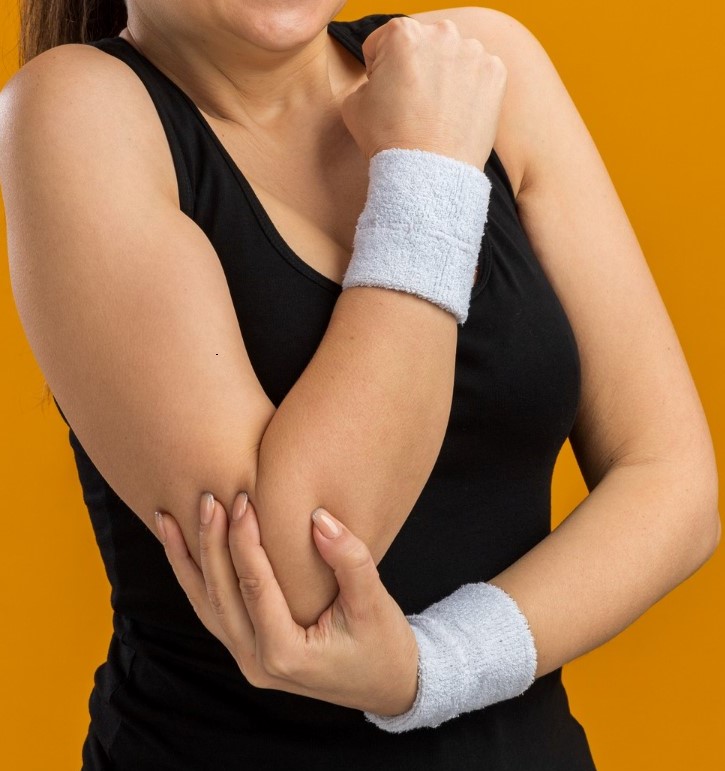
Various Tendon Related Conditions
- Tennis Elbow: This is a type of tendinitis that causes pain in the elbow and arm. Despite its name, it is not exclusive to tennis players and can affect anyone who strains the tendons of their forearm.
- Golfer’s Elbow: Similar to tennis elbow, golfer’s elbow is a condition that causes pain where the tendons of your forearm muscles attach to the bony bump on the inside of your elbow.
- Wrist Tendinitis: Characterised by irritation and inflammation of the tendons around the wrist joint. It often results from repetitive movements, such as typing or playing a musical instrument.
- Achilles Tendinitis: An overuse injury of the Achilles tendon, the band of tissue that connects calf muscles at the back of the lower leg to your heel bone.
- Rotator Cuff Tendinitis: Also known as impingement syndrome, affects the tendons and muscles that help move the shoulder joint.
Causes of Tendon Injuries
-
Overuse
Repetitive movements can strain the tendons, leading to inflammation and pain. This is common in sports and occupations that involve repetitive motions.
-
Acute Injury
Sudden, forceful movements can cause tears in the tendons, resulting in immediate pain and impaired function.
-
Age-related Wear and Tear
As we age, our tendons become less flexible and more prone to injury.
-
Medical Conditions
Certain conditions, such as diabetes and rheumatoid arthritis, can increase the risk of tendon injuries.
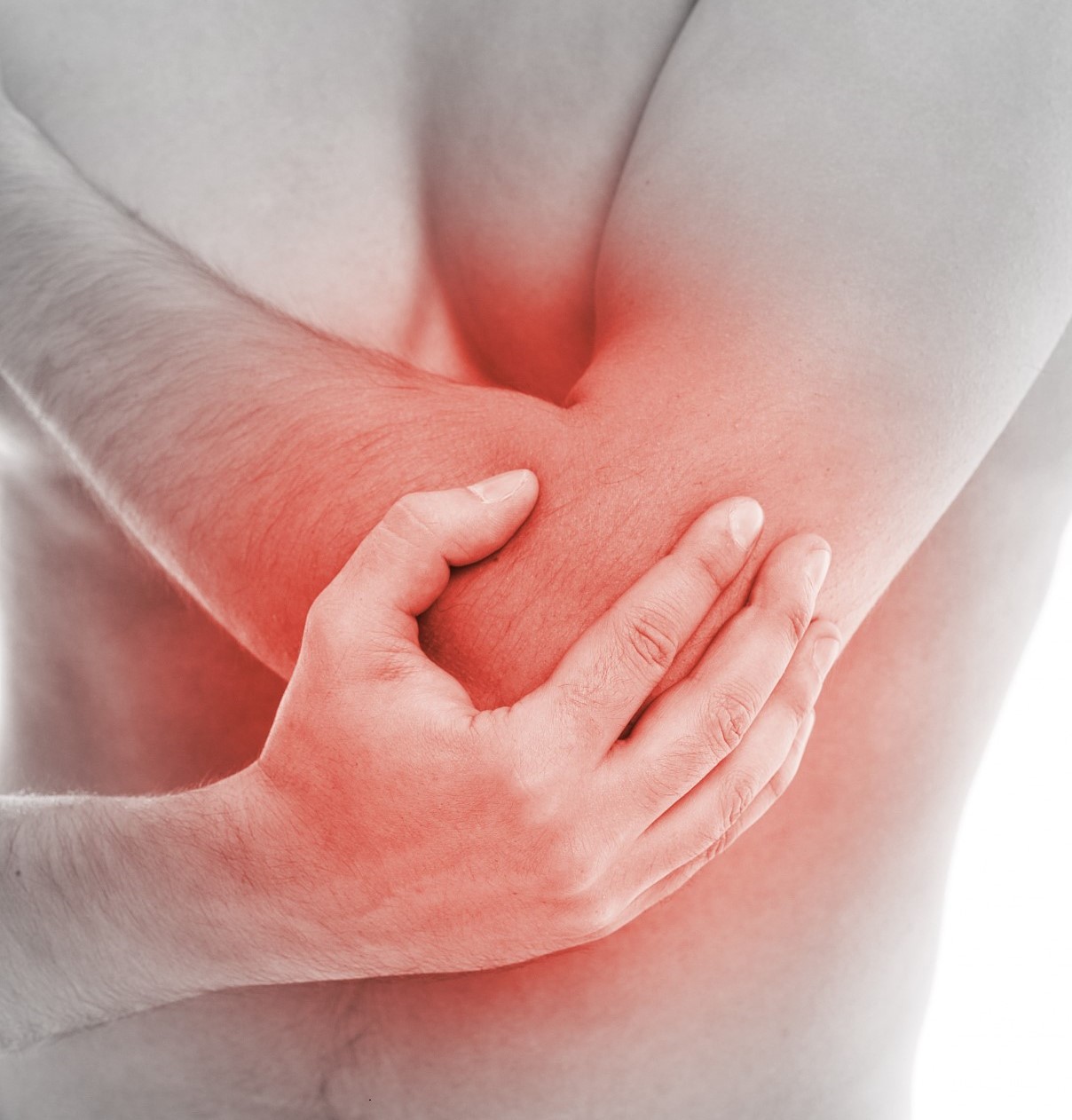
Symptoms of Tendon Injuries
- Pain and Tenderness: This is often felt directly at the site of the tendon and can worsen with movement.
- Swelling: The injured tendon may appear larger or more pronounced than usual.
- Difficulty Moving the Affected Joint: Depending on the severity of the injury, you may have trouble moving the joint normally.
- A Feeling of Grating or Crackling When Moving the Joint: This can occur when the tendon moves against the surrounding tissue.
Diagnosis of Tendon Injuries
-
Physical Examination
The doctor will examine the affected area for signs of tenderness, swelling, and impaired movement.
-
Imaging Tests
Ultrasound or MRI scans can provide detailed images of the tendons and surrounding tissues, helping to identify any abnormalities.
Minimally Invasive Treatments We Use To Treat
Tendon Injuries
An injection that alleviates pain and inflammation associated with musculoskeletal conditions such as arthritis, bursitis, tendinitis and joint pain.
Targeted pain relief in the administered area and reduced inflammation.
Little to no recovery time. Patients may resume their normal activities promptly.
Works well in chronically injured tissues which may have very slow recovery
Anti-inflammatory and regenerative effects
Little or no downtime and patients can walk out after the 30 min procedure
Restores the physiologic viscoelasticity in the synovial fluid (SF) in the absence of inflammation
Nonoperative and FDA-approved treatment for arthritis of the knee
Results usually last for 2 - 3 months. In some cases, the relief can last for 6 - 12 months
Treats flare-ups of OA pain and swelling with fluid buildup in the knee
Reduces inflammation in the joint
Can quickly relieve these symptoms, usually within 1-3 days
Uses low-level light to stimulate healing. Does not cause your tissues to heat up. LLLT is used to treat various musculoskeletal conditions, reduce inflammation, and promote wound healing.
Painless, Quick, Effective, and No downtime. Patients can return to their normal activities immediately after an LLLT session.
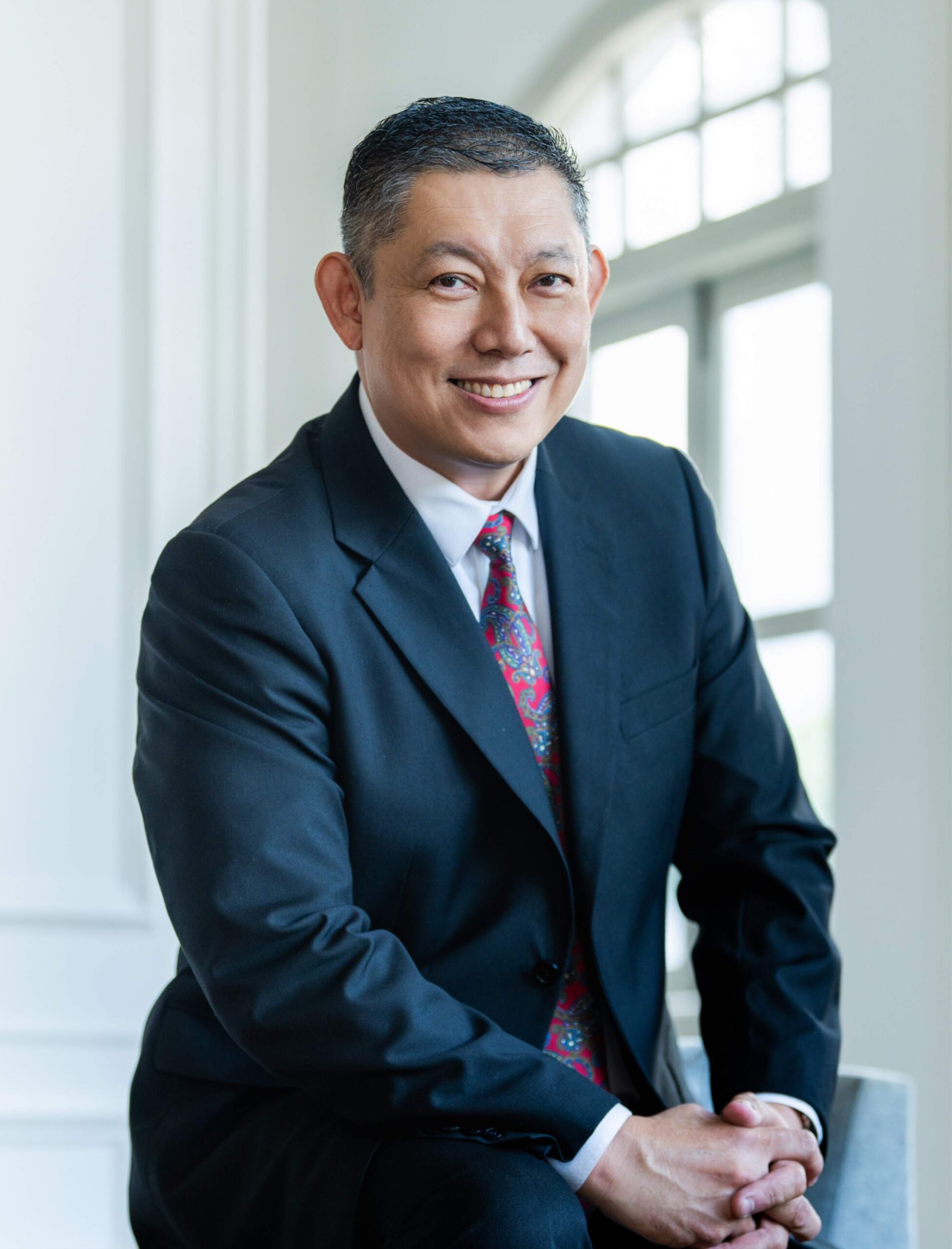
Dr Chiam Tut Fu 
(詹达夫医生)
MBBS (Singapore)
MSS (Sports Medicine) (USA)
MMed (OM) (Singapore)
GDOM (Singapore)
DWD (Singapore)
Dr Chiam is a MOH accredited Specialist in Sports Medicine and has practised medicine for over 30 years.
Dr Chiam Tut Fu obtained his MBBS from National University of Singapore in 1990. He went on to obtain his Masters in Sports Science (Sports Medicine) from the United States Sports Academy, graduating as the year’s outstanding student, and Masters of Medicine (Occupational Medicine) from the National University of Singapore.
Key Interests:
- Non-surgical treatment of sports injuries
- Non-surgical treatment of degenerative conditions
- Nutraceuticals for healthy ageing and exercise performance
Need Advice On Your Condition?
Do you have an enquiry about your sports injury or body joint condition? Please leave us a message and we will be in touch with you shortly.
Mon to Fri: 9:00am – 1:00pm
2:00pm – 6:00pm
Sat: 9:00am – 1:00pm
Sun & PH: Closed
Singapore Paincare Center
Paragon Medical Centre, #18-03
290 Orchard Road, Singapore 238859
Partnered Programs & Insurance Plans
For Singaporeans, Singapore Permanent Residents and Foreigners.
Please speak to our friendly clinic staff about using your insurance plans.
Frequently Asked Questions
Can tendon injuries heal on their own?
Some mild tendon injuries may heal on their own with appropriate rest and conservative management, including physical therapy and the use of non-steroidal anti-inflammatory drugs (NSAIDs). More severe injuries, such as complete tendon tears, may require surgical intervention.
How long does it take to recover from a tendon injury?
The recovery time for a tendon injury can vary widely depending on the severity of the injury, the specific tendon affected, and the individual’s overall health and healing capacity. It can range from a few weeks for minor injuries to several months or more for more severe or complex injuries.
Can you still exercise with a tendon injury?
It’s generally recommended to avoid activities that cause pain or exacerbate the injury. However, certain low-impact exercises may be recommended as part of a physical therapy program to help strengthen the surrounding muscles and promote healing.
What happens if a tendon injury is not treated?
Untreated tendon injuries can lead to chronic pain, ongoing inflammation, and further damage to the tendon, potentially resulting in a complete tendon tear. In severe cases, untreated tendon injuries can lead to permanent loss of function in the affected joint.
How can I prevent tendon injuries?
Prevention strategies include regular strength and flexibility exercises to keep the tendons strong and supple, using proper technique during physical activities, taking regular breaks from repetitive tasks, and maintaining a healthy weight to reduce strain on the tendons.